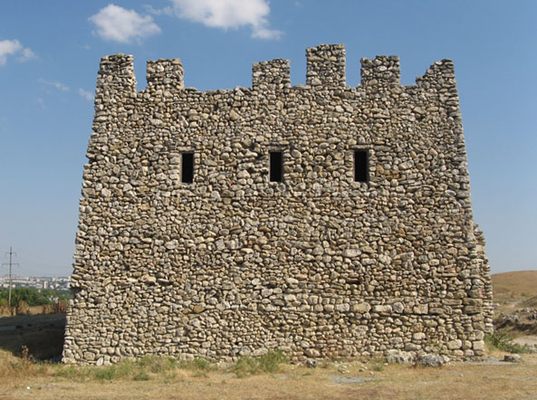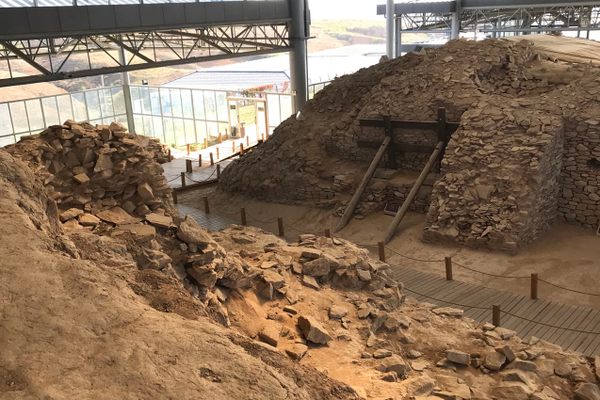About
Driven south by the Sarmatian tribes, the Scythians hung their hats on the banks of the Salhyr River near the end of the 3rd century BCE, hoping to enjoy their new empire for centuries to come. They called it Neapolis, and it enjoyed six more centuries before it perished.
In a short time the city evolved into an influential trade hub, successful farming and crafts center with a strong Greek influence when it came to culture and architecture. While the settlement was certainly sophisticated in many ways, the Scythians were considered barbarians, assumedly due to their affection for decapitating their enemies and drinking their blood. It was the best of times, it was the worst of times...
Despite their connection to Greek culture, there was no love lost between the Scythians and the neighboring Greek settlement of Chersonese, who they constantly battled with. Due to this ongoing spat, the embattled city was surrounded by sturdy defensive walls, though unfortunately they were not sturdy enough, and after a successful attack by the Greeks, Neapolis burned.
A tenacious people, the Scythians dug deep into their warrior roots and rebuilt, the stone walls of Neapolis grew higher and stronger. The revival of the city was successful, and the civilization remained viable until somewhere around 3rd century CE. At the end of their reign, they suffered the same ill fate of so many others–being in the path of the military maelstrom that was the Goths and later the Huns, whose aggressive migration steamrolled them out of existence for good.
Where Scythian Neapolis once stood, the busy city of Simferopol (home to the longest trolleybus route in the world) currently thrives as the hub of modern day Crimea. Echoes of the ancient people that once were, can be found in the outskirts of town, its sturdy defense walls one of the few remains left standing, but it's what lies under the dead city that is truly wondrous.
During excavation, a sprawling mausoleum was uncovered. In more than 70 dig spots, the mausoleum appeared, and soon its most prominent occupants were unearthed–the final rulers of Neopolis, King Scylurus, accompanied by his queen.
Related Tags
Published
January 5, 2016

























